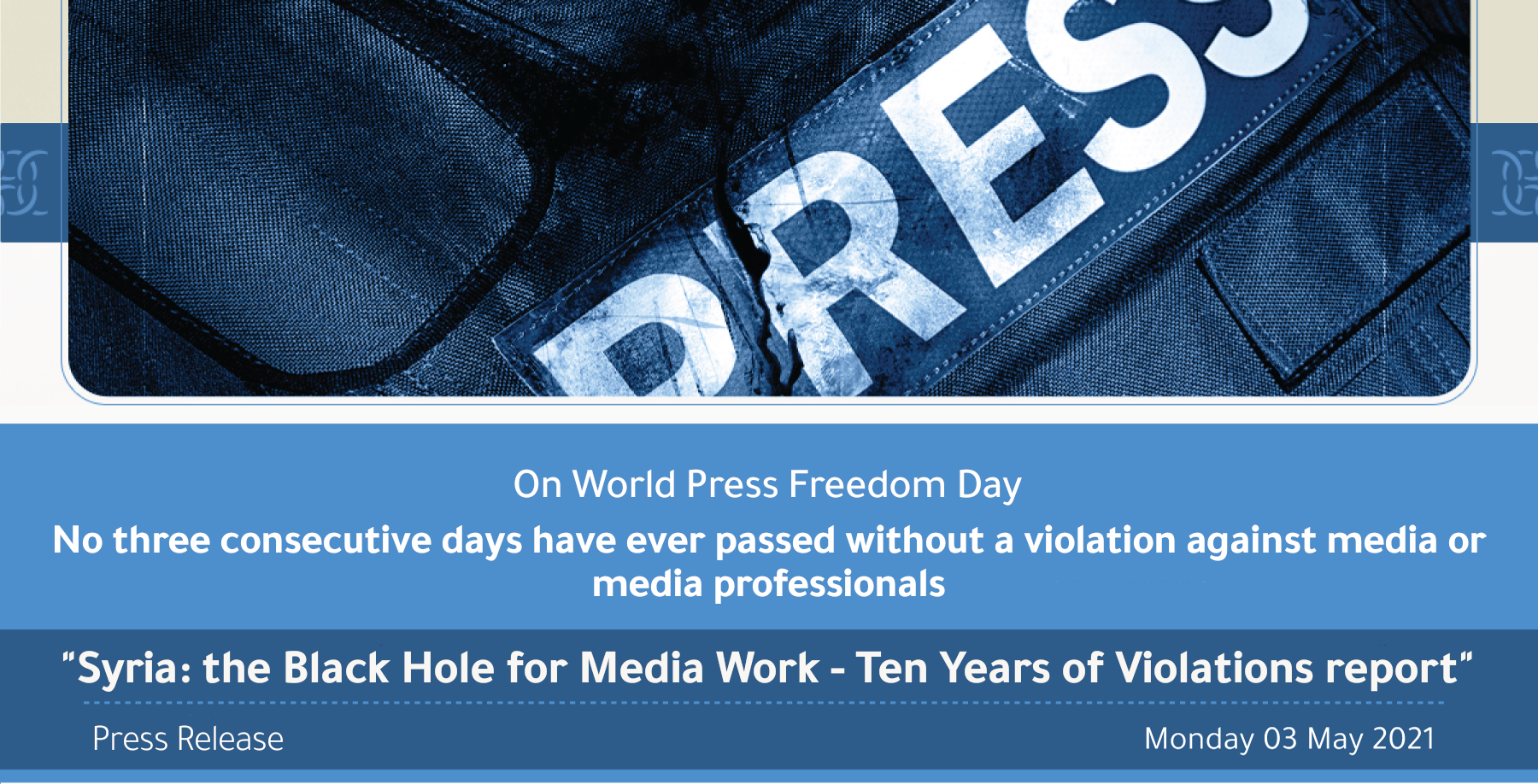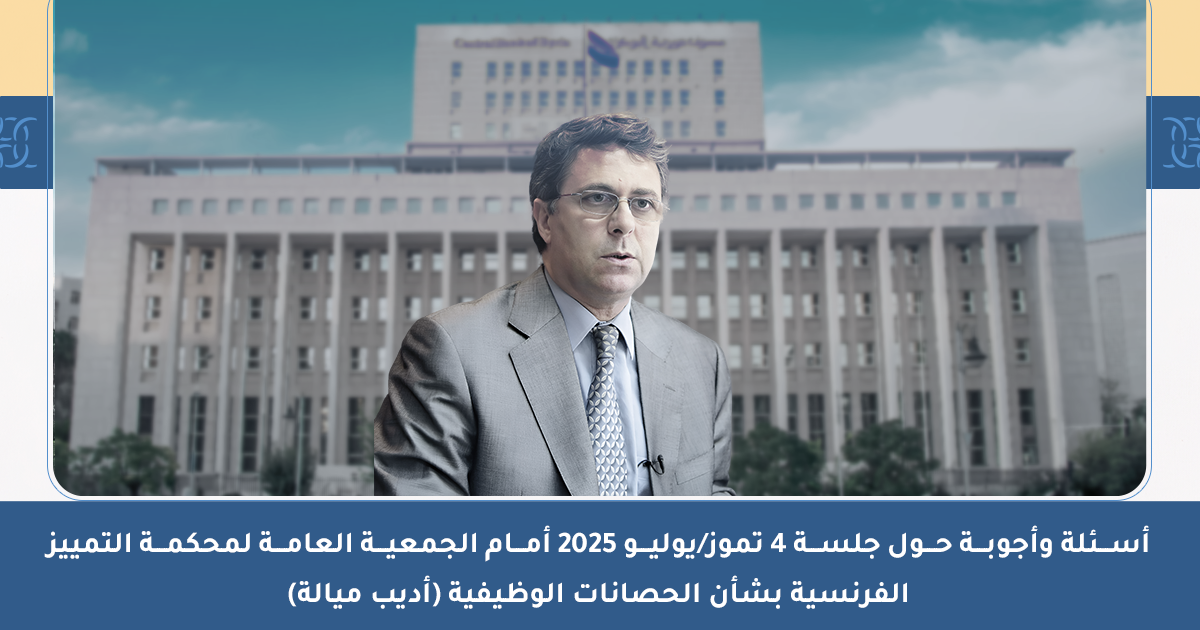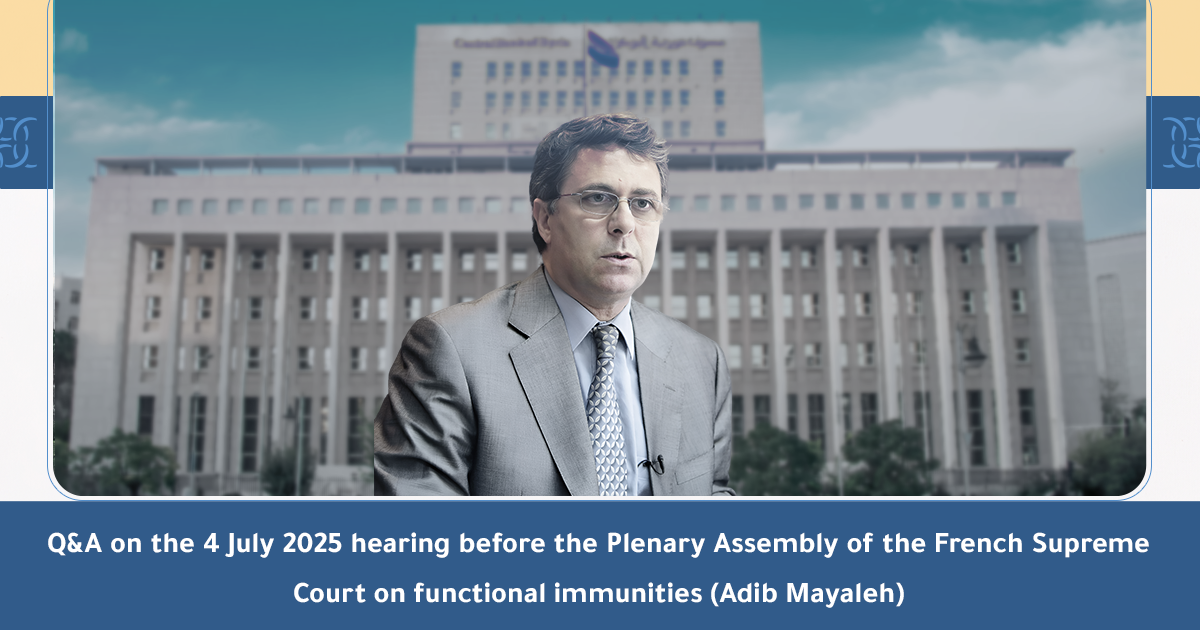Paris – 3 May 2021
The Syrian Center for Media and Freedom of Expression (SCM) on the occasion of the World Press Freedom Day, launched a new report titled “Syria: The Black Hole for Media work – Ten Years of Violations”, that reviews ten years of violations against journalists and media workers, who have been targeted with a wide range of violations during the past ten years since 2011.
The number that was documented reached (1670) violations, including (1609) workers in the media field, with a rate of at least one violation against one of the media workers every three days , in addition to 61 attacks on media institutions.
-
- The most significant and saddest point is the documenting of 22 violations against minors which were documented between 2012 and 2018, these violations were registered as 20 cases of killings and 2 detentions. The report also features children contracted by international media institutions.
- In 10 years, violations against foreign media professionals amounted to 118 violations, 6 of them are Syrian with European and American citizenship, the year 2012 witnessed the highest number of violations against them (28 violations), and the lowest was in 2020, despite the calm of the battles, 2 violations were documented due to the receding international interest in the Syrian event.
- According to the report, the Syrian government has taken the lead in perpetrating violations with a total of 778 violations, four times more than the armed opposition violations number, which comes next with a total of 196 violations, the lowest rate was registered in the Autonomous Administration of North and East Syria with a total of 106 violations.
-
As for the violations against female journalists, they have reached (70) violations from 2011 to 2020, for example during 2011, 11 violations against female journalists were recorded, 12 violations in 2012 and the number declined to 2 violations in 2013 and 4 in 2014.
Violations according to years of conflict:
- The year 2011 was the year of arbitrary detention: 106 were committed by the Syrian government forces which were solely responsible for these violations in this year.
- The year 2013 was the deadliest year, with 167 killings or extrajudicial executions cases, and it was also the year that saw Hezbollah’s public participation in the Al-Qusayr battles and the expansion of the terrorist organization in Iraq and Syria.
- The year 2014 was affected by the escalation and complexity of the Syrian situation, with the declaration of the caliphate and the expansion of the network of battles between the armed opposition and ISIS, and the armed opposition battles with the Syrian government on various fronts, and this was the year that witnessed the highest number of enforced disappearance cases and kidnappings, reaching 43 cases, in line with what we may consider as a phenomenon that began in 2013 of kidnapping of journalists and demanding for ransom, which led to the expulsion of the international press from Syria after the Syrian government had targeted them with severe restrictions and attacks since 2012.
- Year 2016 : the Russian Air Force perpetrated the largest number of violations against male and female journalists since its intervention in 2015 until today with a total of 38 violations.
2016 Euphrates shield operation started on August, and the international military intervention against ISIL continued during this year in addition of the presence of Iranian forces and Tehran militias all over the map, concretely all of Syria was covered by battles, which reflected on the violations numbers and their types (261 violations) and the largest number of injuries (121) recorded during the years of conflict. And the largest number of violations against minors working in the media with a total of 7 violations, 6 murders and one arrest.
The year 2019: with a total of 23 violations, Turkey has committed the largest number of violations against the media since the beginning of its intervention in 2015 until today.
In contrast, the country has seen a decline in violations not due to a decrease in the level of violence, but rather because of the decline of media work due to the government’s control over large areas of the country and thus the decline of the media work in these areas, until the year 2020, which witnessed the lowest rate of violations during the years of conflict, not only because of the decline in media work, but also because of the Covid-19 pandemic, and the unannounced truce between the parties from the end of March until the end of the year.
*- Challenges:
The most prominent difficulties were to ascertain the fact that the violation was linked to journalistic work, and therefore several cases were not counted in which media activists and human rights activists were arrested, tortured because the violation occurred due to the exercise of freedom of peaceful assembly or the right to political participation. In other cases, due to the fact that the victims were media workers who died as a result of indiscriminate attacks and bombing of civilian areas, and they were not directly targeted as a result of their journalistic work. Accordingly, the categories of authors, artists, bloggers, civil activists, and human rights defenders who have been subjected to violations of their basic right to freedom of expression have been excluded, and the military and all those who have been proven to participate in a direct effort in military actions are excluded, as well as the exclusion of people under aliases and pseudonyms like (Abo, Ibn…).
Note that the Center for Media and Freedom of Expression adopted the journalist definition according to the Draft United Nations convention of 1973: (any correspondent, reporter, photographer, and their technical assistants in films, radio and television, who are ordinarily engaged in any of these activities as their principal occupation).
Determining the crime nature of the violation was also one of the most prominent difficulties, especially in cases of murder, as the complexities of describing the executions that took place in the Sednaya Military Prison that resulted from severe torture or death sentences related to the Military Field Court, which is an exceptional court, also in the cases of Sniping murder, and even after determining that the violation is related to the media work, we faced complexities; should the killing be considered as murder or extrajudicial execution (i.e. “Assassination of a specific individual with the deliberate use of lethal force by the state, its agents, or by an organized armed group.”) or a death resulting from indirect/ non-individual attacks on civilians and specifically when analyzing sniping crimes used indiscriminately in the conflict and determining the nature of targeting the media person, directly or indirectly, which needs a wider criminal investigation, especially to determine whether the bullet that killed the person came from a place of confrontation with him or targeted him from behind, for example.
In addition, the field situation was extremely complex. In a relatively small territory, there are many actors that practice violations, including the Syrian government, its security services, armed forces, and foreign militias as well as extremist organizations, armed opposition factions, the Syrian Democratic Forces, and the Turkish occupation forces, in conjunction with the criminal activities of gangs throughout Syria, which maximized the difficulty of the documentation work and explains why some violations were recorded against unknown perpetrators. The worst was also the need to notice the change in the legal description of some cases who were considered as enforced disappearance, Then news emerged that they had died under torture. Others have been subjected to arbitrary arrest or abduction and after more than three years without receiving any news of them their status turned to forcibly disappeared.
*- Recommendations
The report ended with 40 recommendations that were distributed between : the United Nations, actors and the Constitutional Committee, as well as special recommendations to Syrian civil society organizations and the international community. The most important recommendations were as follows:
- Agree on an immediate and comprehensive ceasefire throughout Syria, and take urgent measures to stop targeting media professionals, including by killings, kidnappings, hostage-taking, harassment, arrest, unlawful detentions, acts of violence and other forms of punishment or threats.
- All parties and the Syrian government in particular, to release detainees and forcibly disappeared persons from official and secret detention centers; end torture and inhuman and degrading treatment; oblige all military, security and partisan forces to respect the law; ensure that the powers to arrest, detain and investigate are limited to the judiciary; and implement the requirements of a fair trial.
- All parties to the conflict, especially the Syrian government, to immediately and unconditionally disclose the fate of the forcedly disappeared media professionals, and implement the UNSC Resolution No. 1738 of 2006 regarding the protection of journalists handling dangerous missions in areas of armed conflict, and Resolution No. 2222 of 2015 regarding the appropriate action to ensure accountability for crimes against media workers.
- Investigate all murders of journalists and media professionals while ensuring adequate, effective and timely resources for the investigations; re-investigate if necessary through a plan with specific time-frame to increase the percentage of perpetrators prosecuted; and reduce impunity for crimes against the media and media workers.
- The UN Security Council to underline Article 11 of Resolution No. 2139 issued in February 2014, which condemned the widespread violations against journalists by the parties to the conflict, especially the Syrian government, and called for an immediate end to the acts of arbitrary arrest, detention and torture and the release of all arbitrarily detained persons, and for taking strict action against the non-compliant parties.
- Adopt multilateral strategies to enhance media freedom and legal protection for media workers; fund training workshops on occupational safety for media workers in conflict and risky areas with focus on the specific risks faced by female journalists.
- Protect journalists and media workers in Syria, secure places for media coverage that are not directly affected by hostilities, punish anyone found guilty of assaulting media workers and confront all forms of prevention, harassment and obstruction of the right to access and circulate information.






